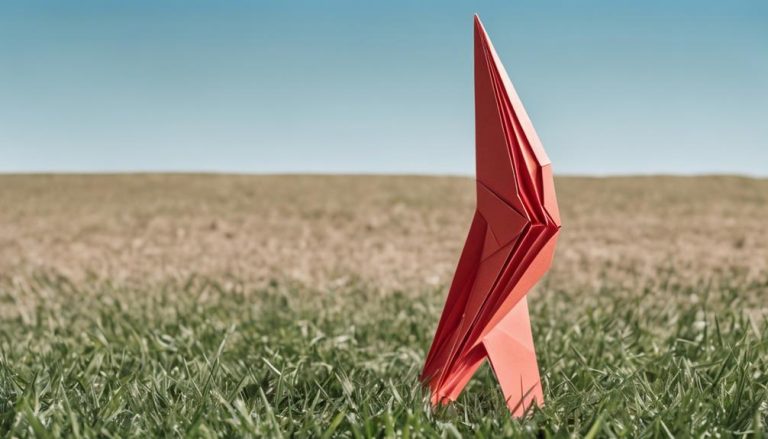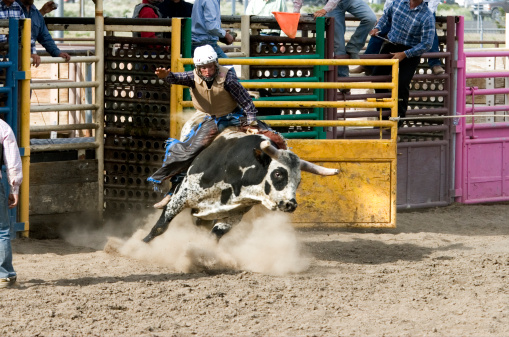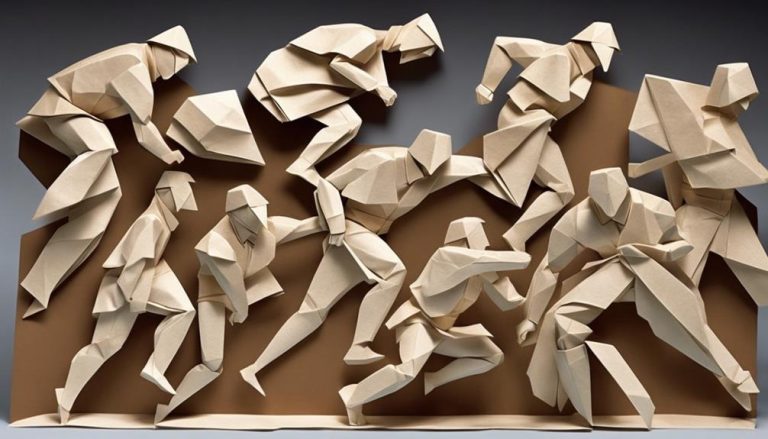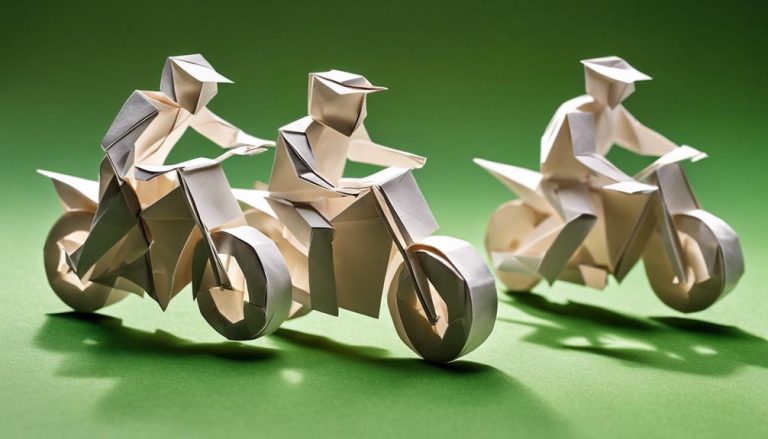General Rules of Speedway Sport
Embarking on the thrilling journey of Speedway sport is like navigating a high-speed chess game on two wheels. The rules governing this adrenaline-fueled sport are crucial to ensuring fair play and safety for all involved. From the intricacies of the race format to the strict regulations surrounding rider equipment and track conditions, every aspect plays a vital role in determining the outcome of each race. So, strap in, hold tight, and get ready to discover the nuanced world of Speedway sport – where split-second decisions can make all the difference.
Race Format
When you attend a speedway event, the race format typically consists of multiple heats and a final race. The track conditions play a crucial role in determining race strategy. Speedway tracks are usually made of dirt, which can change throughout the event, affecting how riders navigate the course. As a fan, understanding how track conditions evolve can enhance your appreciation of the sport and help you anticipate potential outcomes.
In terms of the race format, riders compete in several heats to earn points based on their finishing positions. These points are then used to determine the lineup for the final race. Observing the heats can give you insights into each rider's performance and strategy, adding depth to your overall fan experience.
Moreover, safety measures are paramount in speedway racing. From protective gear for riders to barriers around the track, organizers prioritize the well-being of participants and spectators alike. By being aware of these safety protocols, you can enjoy the thrill of speedway racing with peace of mind.
Rider Equipment
Moving on from the crucial role of track conditions in speedway racing, let's now explore the essential equipment that riders utilize in this thrilling sport. When it comes to speedway racing, having the right rider equipment is crucial for both safety and performance upgrades. Here are some key items riders rely on:
- Safety Gear: In speedway racing, safety is paramount. Riders must wear specialized safety gear such as helmets, gloves, goggles, and protective clothing to minimize the risk of injuries during high-speed races.
- Performance Upgrades: To enhance their performance on the track, riders often invest in performance upgrades for their bikes. These upgrades can include modifications to the engine, exhaust system, suspension, and tires to maximize speed and agility.
- Personalized Accessories: Many riders also opt for personalized accessories like neck braces, knee guards, and customized racing suits to not only improve performance but also showcase their unique style on the track.
Ensuring the right combination of safety gear and performance upgrades is key to success in the adrenaline-fueled world of speedway racing.
Track Regulations
Exploring the regulations governing speedway tracks provides crucial insights into the structured framework that ensures fair competition and safety for all riders involved in this high-octane sport. Safety measures are paramount in speedway racing, with tracks requiring regular maintenance to ensure optimal conditions for riders. From proper fencing to protective barriers, track officials prioritize safety to minimize risks during races.
Moreover, spectator seating and track facilities play a significant role in the overall track regulations. Ensuring that spectators have a clear view of the races while also being kept at a safe distance from the track is essential. Adequate facilities such as restrooms, concession stands, and medical stations contribute to a comfortable and secure environment for both spectators and participants.
In essence, track regulations are meticulously designed to create an atmosphere where speedway races can unfold smoothly and safely. By adhering to these regulations, both the thrill of the sport and the well-being of everyone involved are harmoniously balanced.
Starting Procedures
Let's now shift our focus to the crucial aspect of Starting Procedures in speedway racing, a fundamental element that sets the stage for the adrenaline-pumping action to follow. When the engines start revving and the crowd's excitement reaches its peak, the flag signals and rider positions become paramount for a fair and thrilling start.
- Flag Signals: Before the race commences, flag signals are used to communicate with the riders. The most common flags include the green flag to start the race, yellow flag for caution, and red flag to stop the race immediately.
- Rider Positions: Each rider must take their designated position on the starting line. Positioning is crucial, as it can influence the initial momentum and advantage in the race.
- Engine Revving, Crowd Excitement: As the engines rev up and the crowd roars with anticipation, the atmosphere becomes electrifying. The energy is infectious, setting the stage for a heart-pounding start to the speedway race.
Penalty System
The Penalty System in speedway racing serves as a critical mechanism for maintaining fairness and discipline among riders during the competition. Penalty enforcement ensures that rules are followed and that all competitors adhere to the standards of fair play and sportsmanship. When a rider violates regulations, penalties are enforced to address their actions and uphold the integrity of the sport.
Consequences for infractions can vary depending on the severity of the offense. Penalties may include warnings, fines, point deductions, or even disqualification from the race. The enforcement of penalties is essential to deter misconduct and encourage respectful behavior on the track.
Fair play and sportsmanship are fundamental principles in speedway racing. The Penalty System plays a crucial role in promoting these values by holding riders accountable for their actions. By maintaining a strict but fair approach to penalty enforcement, the sport upholds its standards of integrity and ensures an equitable environment for all participants. Remember, in speedway racing, discipline and respect for the rules are paramount.
Frequently Asked Questions
How Are Speedway Tracks Maintained and Prepared for Races?
To get the track ready for races, crews meticulously maintain the surface, ensuring safety for riders. Before events, they prep by checking weather conditions and organizing the schedule. Engaging fans with promotions boosts excitement.
Are There Any Specific Safety Measures in Place to Protect Spectators During Speedway Events?
When you attend speedway events, safety protocols are essential to protect spectators. Emergency response teams are on standby to act swiftly if needed. Your well-being is a top priority, ensuring a thrilling yet secure experience.
How Are Speedway Events Organized and Promoted to Attract Fans and Sponsors?
Want to know how speedway events rock? Marketing strategies and sponsorship deals are key. Engage fans, promote events, and watch the excitement grow. It's all about attracting fans and sponsors to the thrill!
What Are the Qualifications and Training Required to Become a Professional Speedway Rider?
To become a professional speedway rider, you need qualifications like racing experience, specialized training, and top-notch skills. Competing in races is vital to build your expertise. Start by honing your abilities and entering competitions to excel in speedway racing.
How Do Weather Conditions, Such as Rain or Wind, Impact Speedway Races and What Measures Are Taken to Address These Challenges?
When weather hits the track like a raging storm, riders face a wild ride. Track conditions shift, demanding sharp skills. Experience guides you to adjust strategy swiftly, prioritizing safety above all else.






